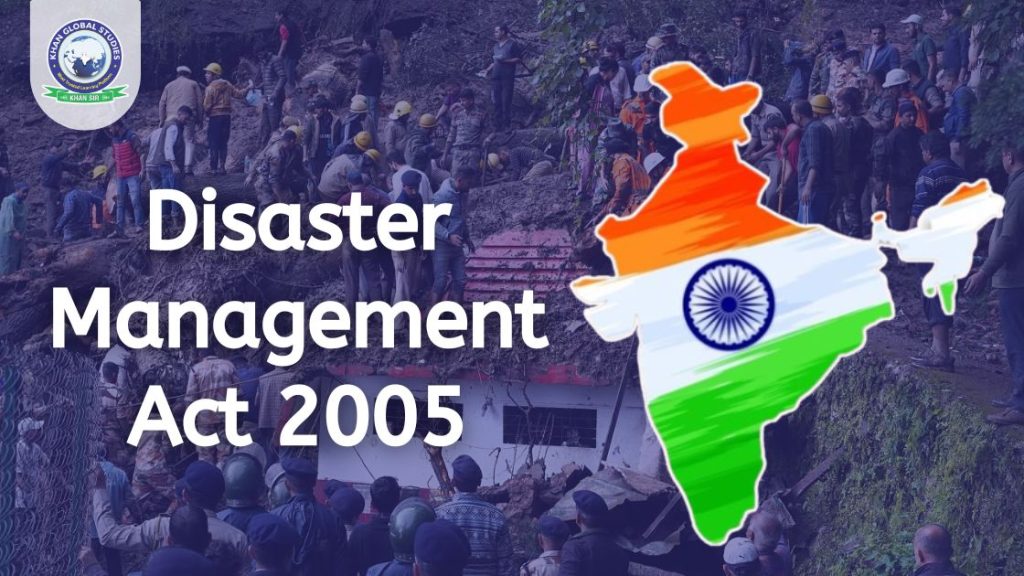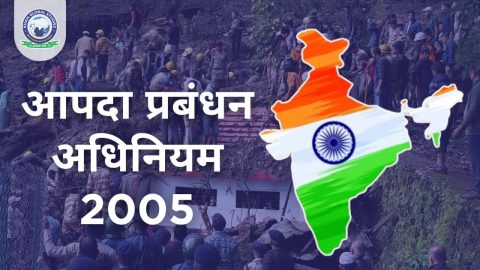The Disaster Management Act, 2005 (DMA 2005) is a landmark legislation in India that established a comprehensive framework for disaster preparedness, mitigation, response, and recovery. Enacted in December 2005, the Act empowers the government to effectively manage various natural and man-made disasters that threaten the nation.
Key Provisions
- Institutional Framework: The Act establishes a National Disaster Management Authority (NDMA) at the apex level, headed by the Prime Minister. State and District Disaster Management Authorities (SDMA and DDMA) mirror this structure at the state and district levels, respectively. This ensures coordinated disaster management efforts across the country.
- Risk Reduction and Mitigation: The Act emphasizes proactive measures to reduce disaster risks. This includes risk assessments, land-use planning in hazard-prone areas, and promoting disaster-resistant infrastructure.
- Preparedness: The Act mandates the creation of National and State Disaster Management Plans, outlining response strategies for various disaster scenarios. It also encourages public awareness campaigns and mock drills to enhance community preparedness.
- Response and Relief: The Act empowers the government to mobilize resources, including the National Disaster Response Force (NDRF), for rescue and relief operations during disasters. It also provides a framework for international cooperation in disaster response.
- Recovery and Rehabilitation: The Act recognizes the importance of long-term recovery efforts. It facilitates the reconstruction of infrastructure, revival of livelihoods, and psychological support for affected communities.
Significance
The DMA 2005 has significantly strengthened India’s disaster management capabilities. Here’s how:
- Improved Coordination: The Act has established a clear chain of command and streamlined communication between various government agencies, leading to more effective disaster response.
- Enhanced Preparedness: The Act has led to the creation of comprehensive disaster management plans and improved public awareness, making communities more prepared to face disasters.
- Resource Mobilization: The Act facilitates the mobilization of financial and logistical resources, ensuring timely and adequate relief to affected populations.
Challenges and Looking Ahead
Despite its successes, there are ongoing challenges:
- Effective Implementation: Ensuring consistent implementation of the Act across all levels of government remains a work in progress.
- Climate Change: The increasing frequency and intensity of natural disasters due to climate change requires continuous adaptation and improvement of disaster management strategies.
- Community Participation: Active participation of communities in all phases of disaster management is crucial for building long-term resilience.
The DMA 2005 serves as a robust foundation for India’s disaster management efforts. With continuous improvement, effective implementation, and community engagement, India can build a more resilient future, prepared to face the challenges posed by natural and man-made disasters.





